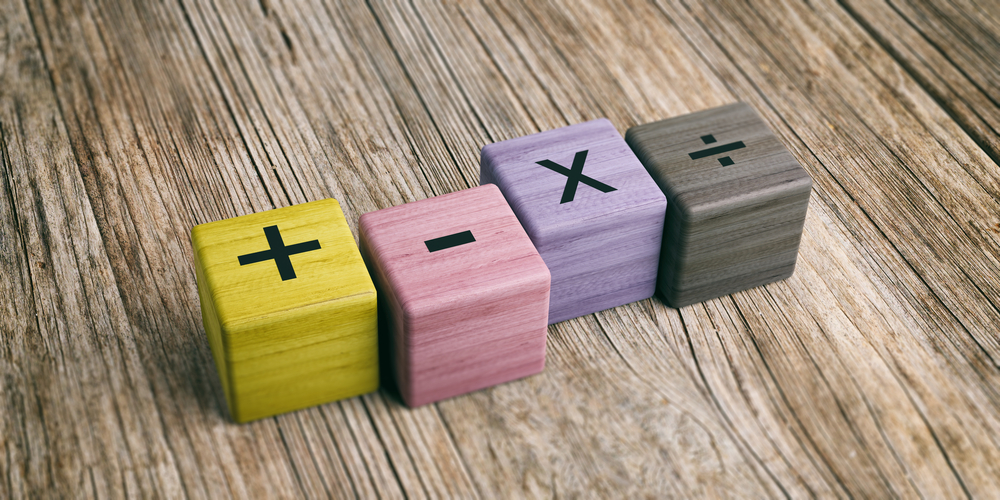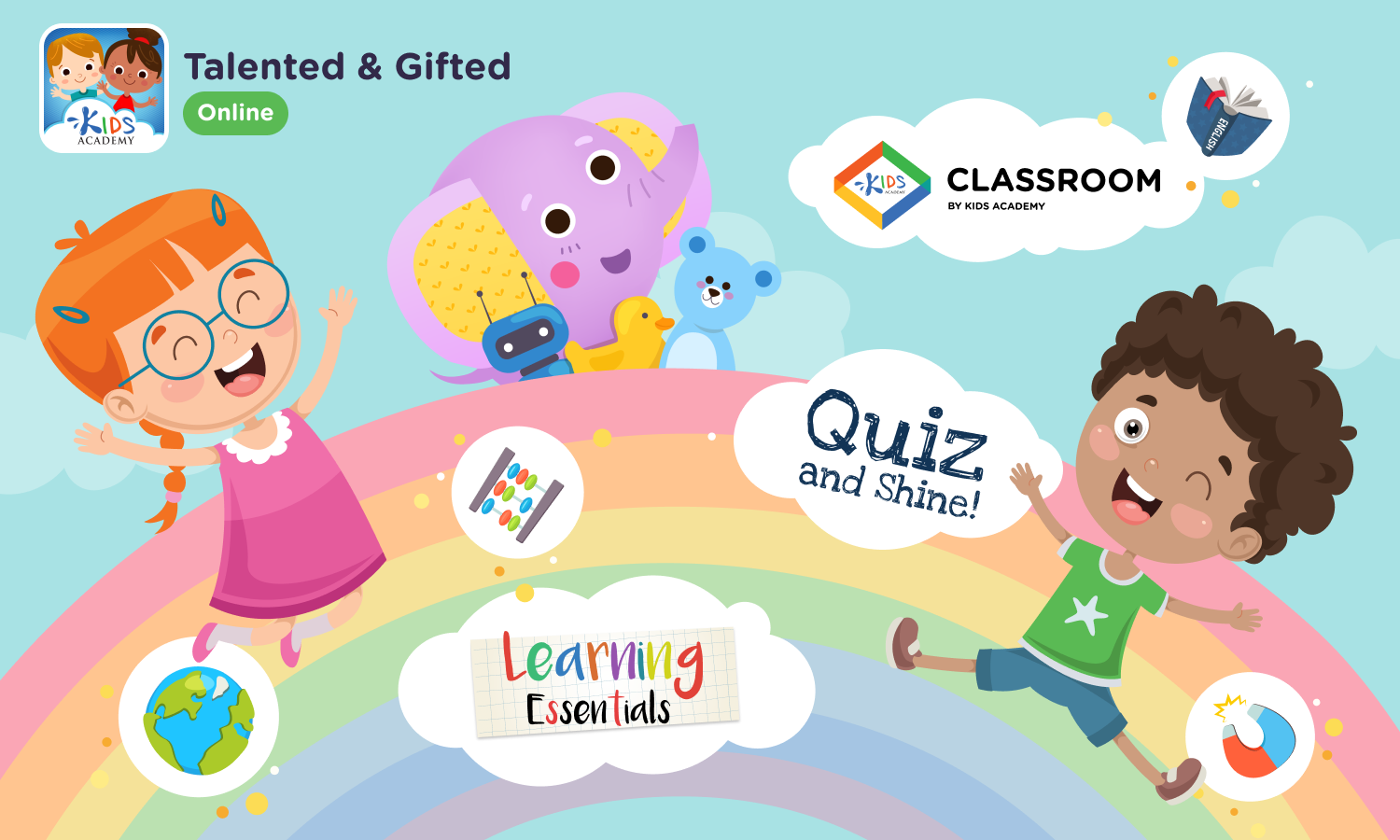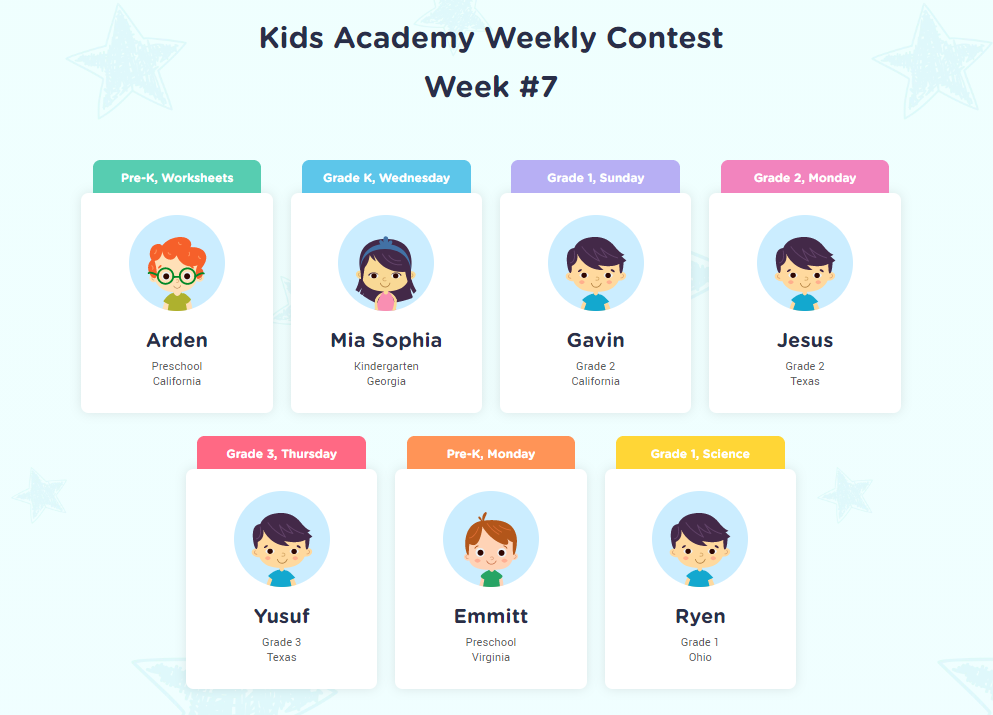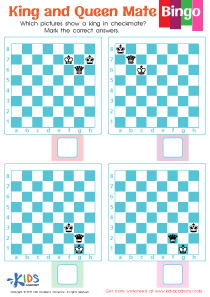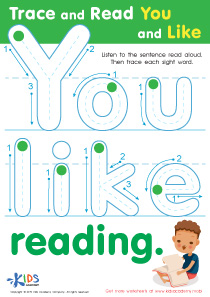Problem-Solving Skills Normal Grade 1 Chess Worksheets
6 filtered results
-
From - To
Enhance your child’s critical thinking and decision-making abilities with our Problem-Solving Skills Normal Grade 1 Chess Worksheets. Specially designed for first graders, these engaging chess worksheets make learning fun while developing essential problem-solving skills. Through a variety of brain-challenging exercises, students will learn to analyze situations, anticipate outcomes, and make strategic decisions. Perfect for young learners, these worksheets provide step-by-step instructions and colorful illustrations to keep your child interested and motivated. Jumpstart your child's intellectual growth and get them excited about the world of chess with our expertly crafted educational resources.


Notation of Moves Writing it Down Worksheet
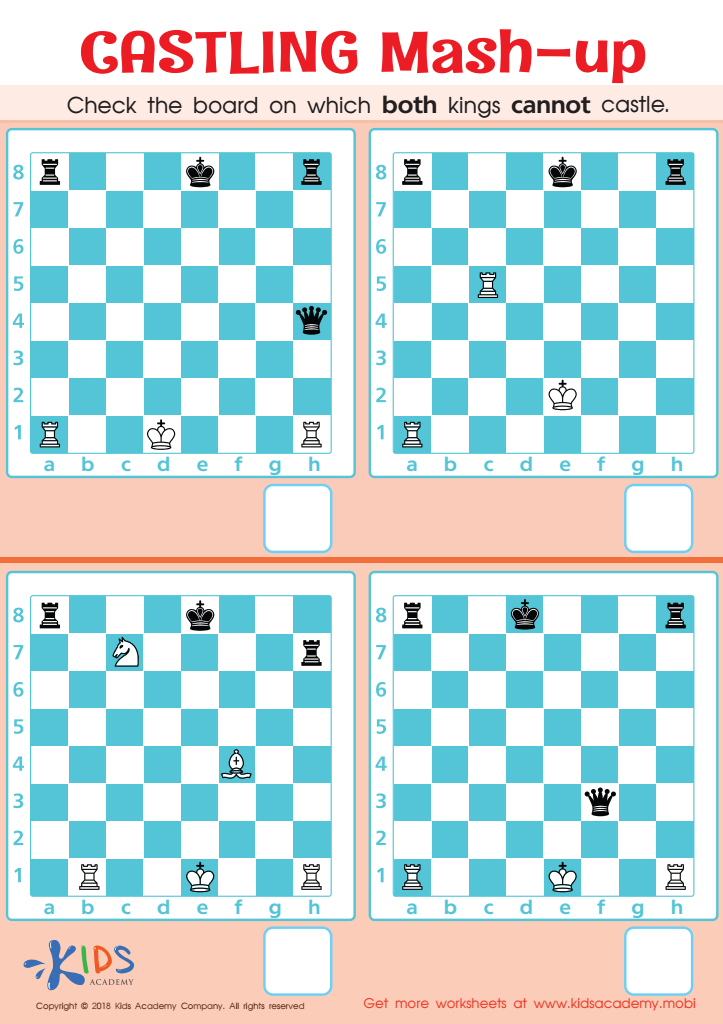

Castling Mash–up Worksheet


Rook Quest Worksheet


Chessboard Puzzle Worksheet
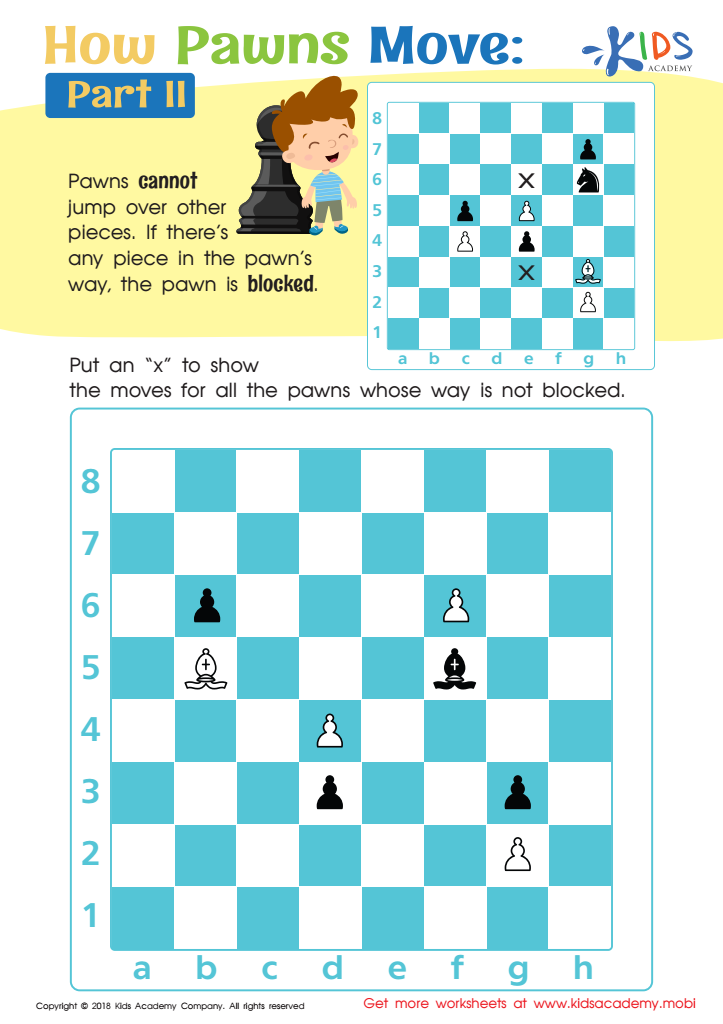

How Pawns Move: Part II Worksheet
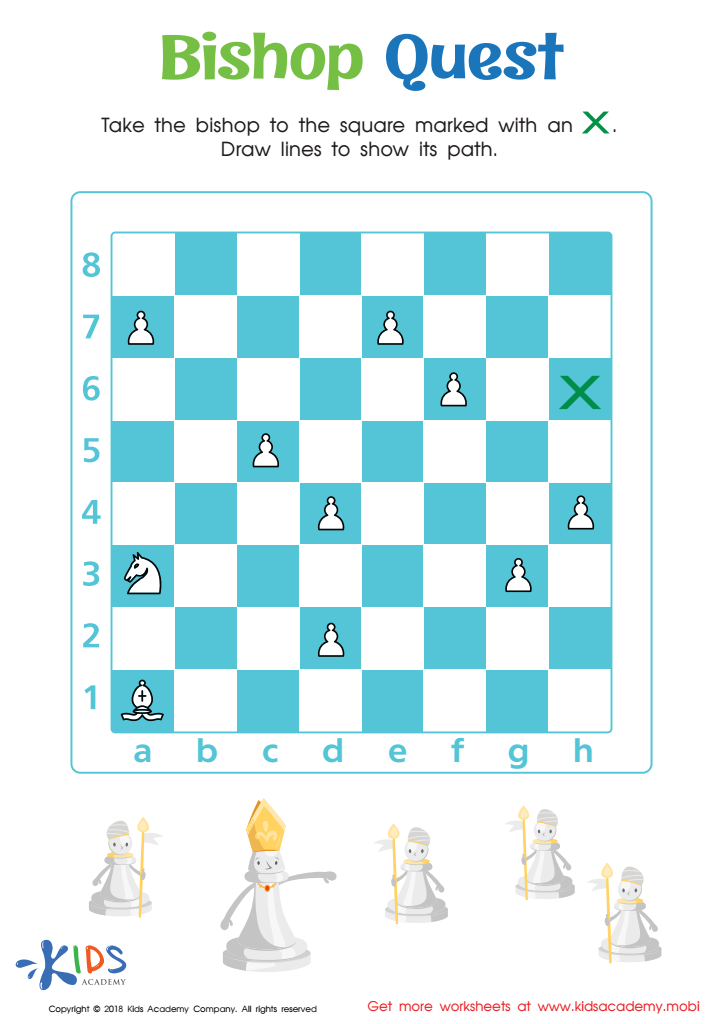

Bishop Quest Worksheet
Problem-solving skills are crucial for children's overall development, and incorporating activities like normal grade 1 chess into a child’s routine can greatly enhance these abilities. Chess, in its simplest form for young children, teaches critical thinking, pattern recognition, and strategic planning. When children play chess, they learn to analyze situations, consider multiple possible moves, and foresee potential outcomes. These skills are transferable to real-life situations, improving their academic performance and everyday decision-making.
For parents, encouraging their children to engage in chess helps build patience and resilience. Kids learn that mistakes are part of the learning process, which fosters a growth mindset. For teachers, chess can be an effective tool in the classroom to address and enhance a child's cognitive and social skills. It boosts concentration, memory, and spatial reasoning, abilities that are foundational for subjects like math and science.
Moreover, chess is an equalizer – it doesn’t require physical prowess or specific financial investments, meaning children from diverse backgrounds can participate and benefit equally. By prioritizing activities like chess, parents, and educators help children develop a constructive, strong foundation for problem-solving, instilling skills that will benefit them well beyond the early grades.
 Assign to My Students
Assign to My Students



